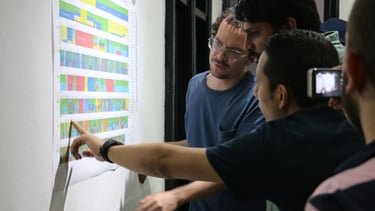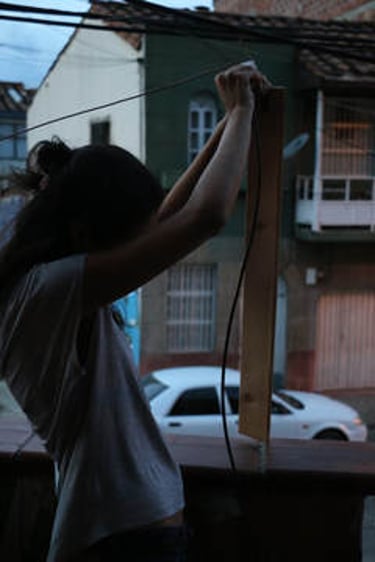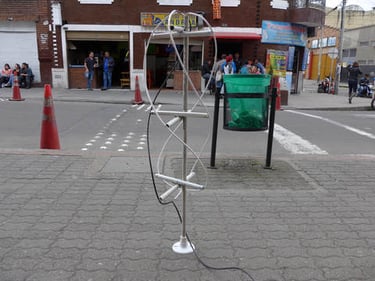Vibrant Clouds
Learning about the politics of climate data through open science and building low-cost antennas
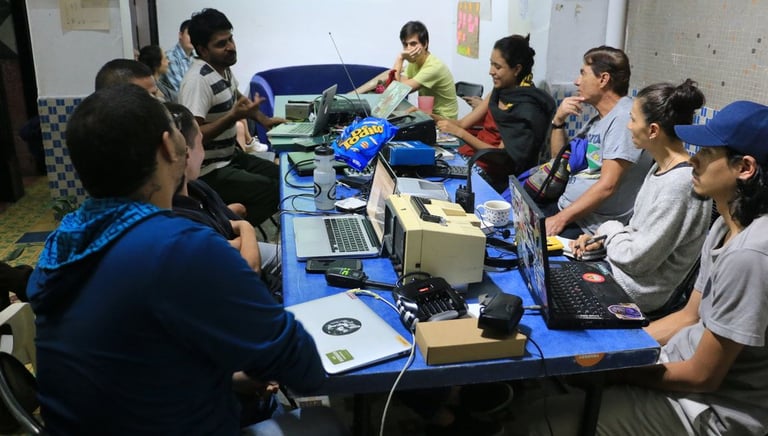

In this Residency we created a space for learning and experimentation in science and technology, and used this as a context to learn and discuss issues of fairness and power relations in society. Specifically, we used the climate as a context for gaining scientific knowledge through making low-cost antennas, and holding dialogues on the political dimensions of science.
We attracted many participants with no prior involvement in sciences: students, radio amateurs, sound artists, and general citizens. I collaborated with Sharath Chandra Ram, a sound artist and technologist, so I could bring an angle that is closer to the social studies of science. We aimed to build curiosity and a desire to learn and experiment, and provided multiple angles for participants to understand the topic and get familiar with the construction of the antennas.
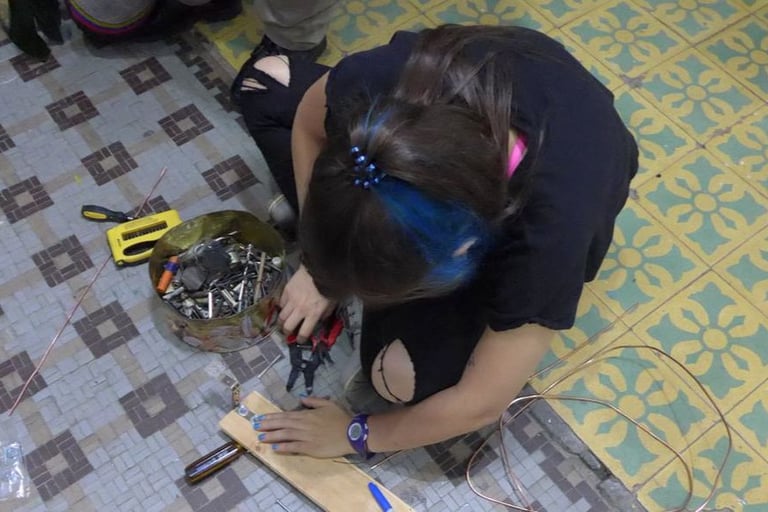

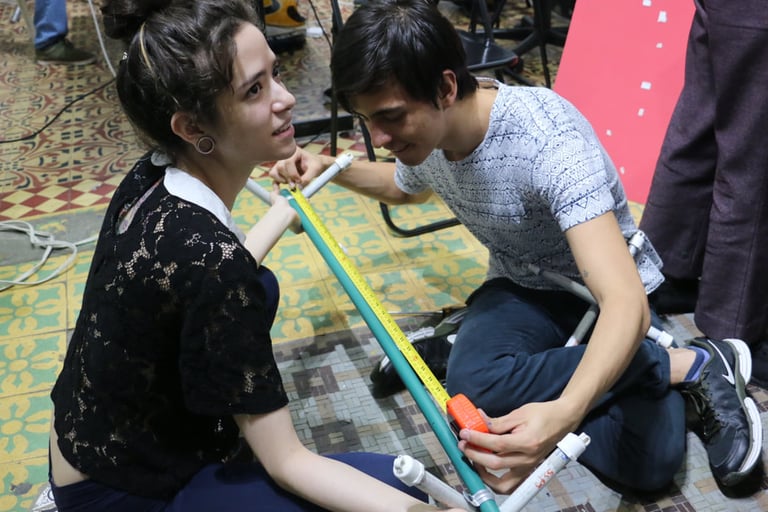

We engaged in conversations about power structures embedded in the electromagnetic spectrum—questioning who owns it, who has the right to use it, and for what purposes. Together, we explored the spectrum as a common good and examined the potential for reclaiming and utilizing it in creative ways. To bring this exploration to life, we built low-cost antennas and experimented with weather data sonification, turning abstract concepts into tangible learning experiences.
Blurring the line between theory and practice, these hands-on activities sparked organic learning about fundamental principles of science and astronomy. In essence, we created a space where science, technology, and artistic expression could interact in a participatory and inclusive environment.
We see tremendous potential for this kind of intervention in broader contexts. Experimentation-based science workshops are essential for lowering the historical barriers that have limited access to scientific knowledge, tools, and processes. Building low-cost antennas, for instance, can serve as an entry point for community-led projects—whether in climate prediction, education, or civic media.
The final session of the residency emphasized the need to create ecosystems where antenna-making is just one of many interventions, rooted in the specific needs and voices of the communities involved. In such contexts, the transmission and reception of content isn’t just technical—it becomes socially and culturally meaningful.
This design residency was very powerful in its capacity to spark curiosity in participants and foster a learning environment through experimentation and failure. I facilitated conversations on the social implications of this work, and created all the graphic design materials to guide the making and the reflection process.
